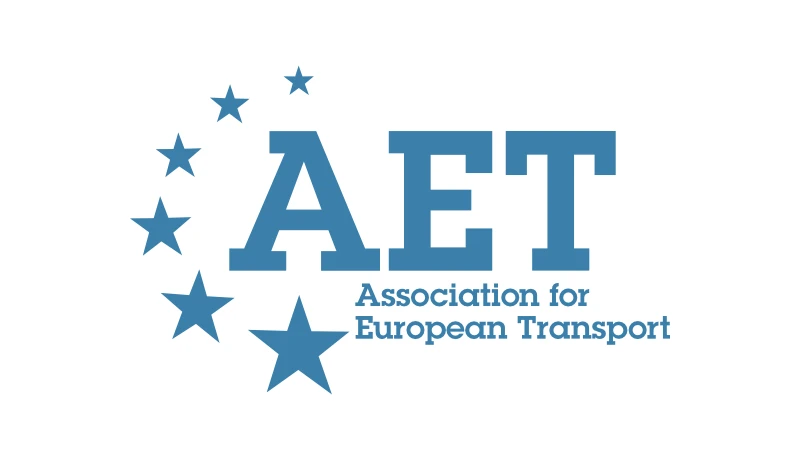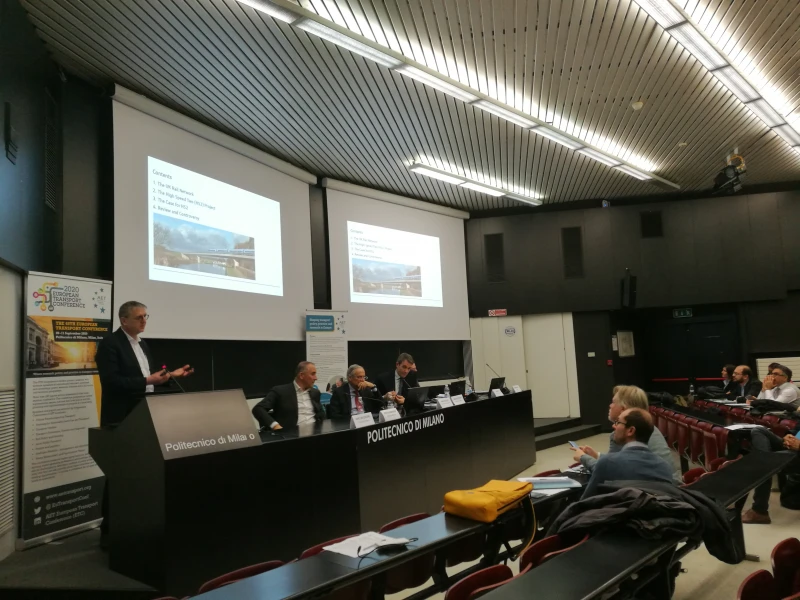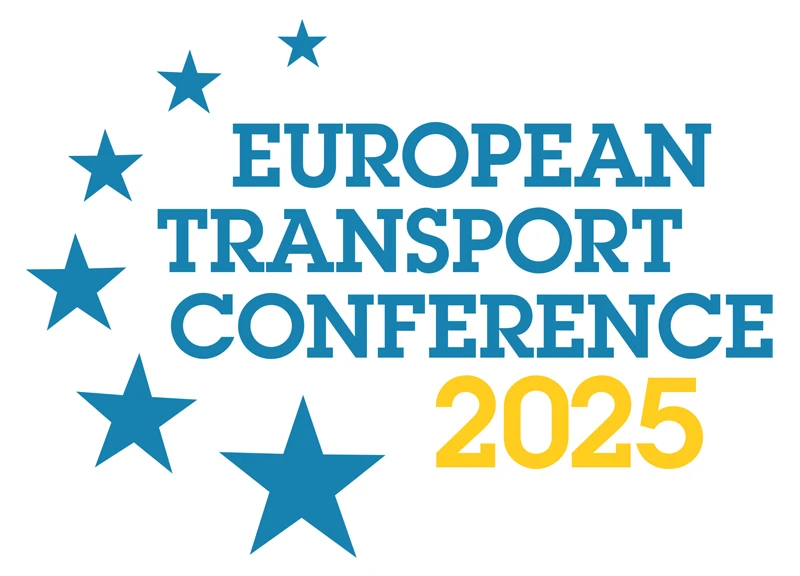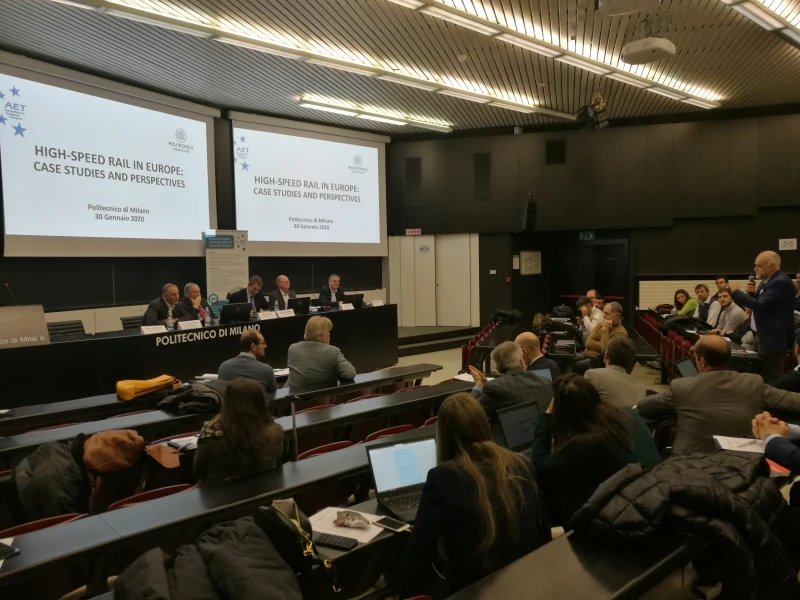-
Past ETC Papers
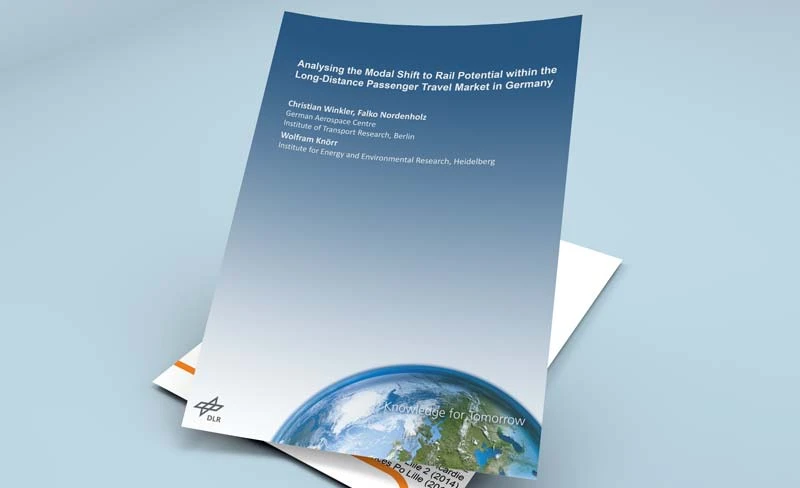
Browse, search and view papers from the past AET Conferences.
-
Members' Area
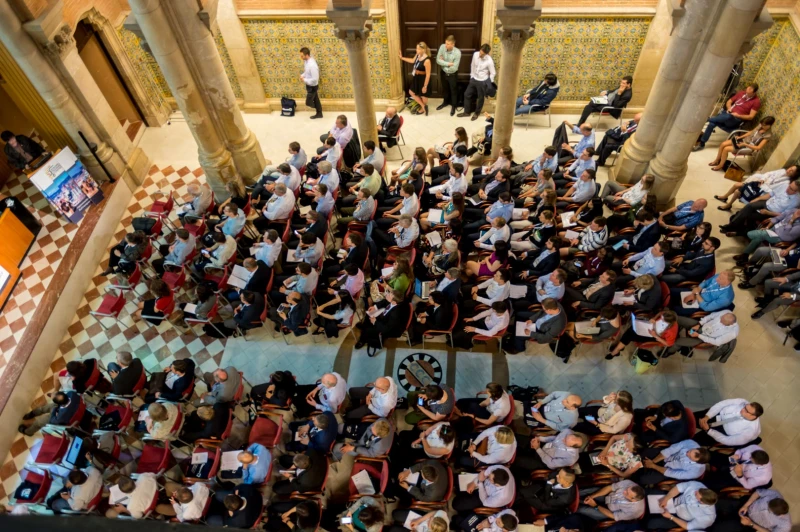
AET promotes networking and exchange of ideas, information and opportunities amongst members.
Conference Papers 2024
Antwerp, Belgium
ETC Conference Papers 2024
Using foresight and scenarios to improve decision-making: lessons learned from practitioners
Seminar
Day 2 (19 Sep 2024), Session 7, Innovative planning policy, 15:30 - 17:30
Status
Accepted, awaiting documents
Submitted by / Abstract owner
Eivind Jamholt Baera
Authors
Eivind Jamholt Baera, Norconsult (presenter)
Linda Alfheim, Norconsult
Oeystein Berge, Norconsult (presenter)
Gunnar Ridderstroem, Norconsult
Short abstract
Foresight and scenarios enhance strategic transport planning. This study highlights the value across different planning levels and phases by using literature, interviews and project experiences. A roadmap for implementation is also proposed.
Abstract
In response to deep uncertainty and societal shifts, transportation planning is increasingly incorporating foresight and scenario. Much has been written about foresight and scenarios over the past decades. Using these approaches are believed to enhance analytical robustness and decision-making compared to traditional planning methods. There is however a lack of systematic evidence on the effects and added value/benefits of using these tools in transport planning. This paper aims to start filling this gap by presenting the results of a study conducted in 2023 by Norconsult and the Norwegian Public Roads Administration (NPRA).
The study initially framed a 'scoping review’, through a literature study on how scenarios are being used within strategic planning and how/why they can provide added value/benefit to the planning process (based on approximately 250 papers/articles and 215 reports). While much of existing literature emphasize trend identification, scenario methodology and scenario creation - less attention is given to documenting practical benefits, effects, lessons learned from implementation, and how to use and manage scenarios over time. Measuring success of foresight and scenario projects remains complex. Is it about shifting mental models, better decision-making bases or organizational resilience?
Rather than suggesting a rigid framework for measuring success, our study aimed at supplementing the literature with success stories, challenges faced, common themes experienced, and lessons learned from practitioners actively working with foresight and scenarios. 14 professionals (transport planners and modelers, foresight experts, strategy directors and project managers) from Norway, Sweden and the United Kingdom were therefore interviewed based on their experiences. The interviews confirmed that scenarios are - and have been - actively in use in various transportation agencies internationally for years, but that this is still in the ‘early-adopter-phase’ in Norway and Sweden. Furthermore, the interviews demonstrated that despite being resource-intensive, the use of foresight and scenarios in transport planning was viewed as highly beneficial. Norconsult’s own experiences from working closely with the NPRA on developing and implementing scenarios were added to the study to further strengthen the body of evidence.
The study shows how foresight and scenarios can add value to transport planning at different levels (system, actor, project) and phases (early phase planning and opening-up vs. closing down and stress-testing, etc.). Scenario methodology can be used for addressing and highlighting uncertainty and risk, and for gaining deeper insights into possible futures (in plural). Using foresight and scenarios in strategic transport planning adds knowledge that is currently lacking using traditional approaches. When used actively, our study shows that foresight and scenarios provide a way of addressing uncertainty, increasing analytical robustness, and improving decision-making. The study identifies and discusses a selection of key success factors (and barriers) for implementation:
• Prepare to customize: Tailor foresight methods (such as scenarios) to the specific system, issue, and participants’ maturity.
• Be serious about implementation: Implementing foresight, effectively re-learning how we think about the future, requires attention, resources, competence and (time to) reflect. The opposite is too often the case.
• Continuous development: Keep scenarios alive, update them, and continually monitor/consider trends and driving forces for relevance.
• Balancing quantitative and qualitative: While numbers matter, qualitative exploration and assessment are equally crucial. Results and conclusions should reflect that the future is plural (not singular).
• Avoid isolation: Foresight isn’t a one-time event. Involve actors, stakeholders, experts, and decision-makers.
• Effective communication: Share the scenarios and their strategic value through compelling storytelling.
Based on the findings in the study, a roadmap was developed, with suggested measures and responsibilities for the NPRA to be better positioned to implement foresight and scenarios.
The study follows projects by NPRA and Norconsult involving scenario development (four scenarios for urban mobility towards 2050) and the implementation of the scenarios in transport models (demonstrated by a pilot study). Norconsult and the NPRA will continue implementation in 2024 by examining the suggested scenario framework and its potential role in decision-making across different planning levels and phases. Developing a novel method and workflow on how to move from scenario implementation at regional level - to scenario implementation in national transport models - and how this can be used to evaluate robustness as part of transport economics and appraisal is also on the agenda.
The work done in Norway to date, and the work that will follow, sheds light on the ‘why, what and how’ related to foresight and scenarios. This can provide an important foundation for both the NPRA and other actors within transportation planning, both nationally and international, to continue building on towards achieving increased robustness in decision-making and more sustainable mobility solutions.
Programme committee
Planning for Sustainable Land Use and Transport
Topic
Transport planning analysis and models
Documents:
No documents yet.
Association For
European Transport
Forester House
Doctors Lane
Henley-in-Arden
Warwickshire, UK
B95 5AW
+44 (0) 15 64 793552
VAT number: 710 1866 64
Conference Supporters & Endorsers

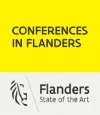


Legal Entity
The Association for European Transport is registered as an Association ('vereniging') with the Chamber of Commerce for Haaglanden in The Netherlands under company number 27170096.
Built on Zenario

